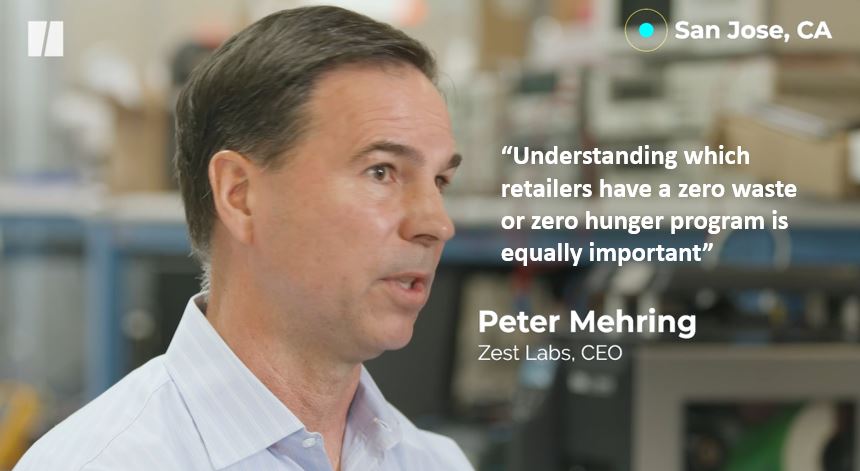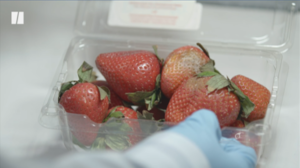Last Monday was Earth Day 2019 and today marks the conclusion of Earth Month. The first Earth Day was back in 1970. 49 years later, we should probably ask ourselves how much progress has been made?
Cause to Celebrate
According to a recent article about Earth Day in Supermarket News, of late, there has been some good news to celebrate, including:
- Aldi announced that by 2025, 100% of their packaging, including plastic packaging, will be reusable, recyclable or compostable. Aldi will also reduce packaging material across its entire range by at least 15%.
- Albertsons has added 17 compostable and Earth-friendly items to its Open Nature private brand including eco-friendly picnic wares, garbage bags, lawn and leaf bags, food scrap bags, bamboo facial tissue, bamboo washable rayon towels and bamboo bath tissue. (Have you tried bamboo tissues? I didn’t know there was such a thing!)
- H-E-B updated efforts to source certified wild-caught and farmed seafood, expand traceability systems for all seafood products, prevent human rights abuses in seafood supply chains and support workers’ rights, and foster environmental and ethical integrity in its canned tuna supply.
Kroger, the country’s largest pure grocery store chain, has been a visible leader in Earth Day-related efforts. In 2017, the company announced its Zero Hunger | Zero Waste program. A recent story in The Produce News stated that, last year, Kroger was named sixth on Fortune magazine’s Change the World 2018 list, joining 50 big companies around the world that are also using their resources to solve society’s most complex issues. The article includes a report card on Kroger’s accomplishments related to this program including that they increased year-over-year food waste diversion by 37 percent. In fact, for people paying attention, Kroger is probably doing more to make sustainability a competitive differentiator than anyone else in the grocery industry.
We Still Have a Way to Go – Planning for Earth Day 2020
While these Earth Day announcements give us hope that companies are willing to invest in the environment and sustainability, we still have a lot to accomplish when it comes to reducing food waste, improving environmental sustainability and feeding an increasing population, many of who are food challenged – 40 million Americans struggle with hunger.
A recent video in The Huffington Post’s This New World series highlights some of the challenges we’re facing and some of the ways to address them including repurposing “ugly food” that is misshaped or slightly different colored, reducing waste of food through improved fresh food supply chain management solutions like Zest Fresh, and distributing unused food to organizations like The Second Harvest Food Bank in our home territory here in Silicon Valley.
For environmental sustainability and food waste reduction needs to truly take hold, we need to make sustainability viable for all parties – from growers to retailers to consumers. Solutions like Zest Fresh make reducing waste profitable for all of these parties. By being able to more accurately determine the actual remaining shelf-life of fresh produce and proteins, we can improve inventory management and help ensure that food is always delivered with sufficient freshness for the retailer to sell and the consumer to enjoy.
What Follows Earth Day?
Following Earth Day is World Hunger Day, on May 28. The two are, of course, closely related. By better managing how we produce, distribute, sell and consume our food, we reduce waste (and all of the resources that went into producing it – the land, water, fertilizer and energy), make more food available for a hungry planet and are better stewards of our environment.
Watch the This New World video by Huffington Post.



